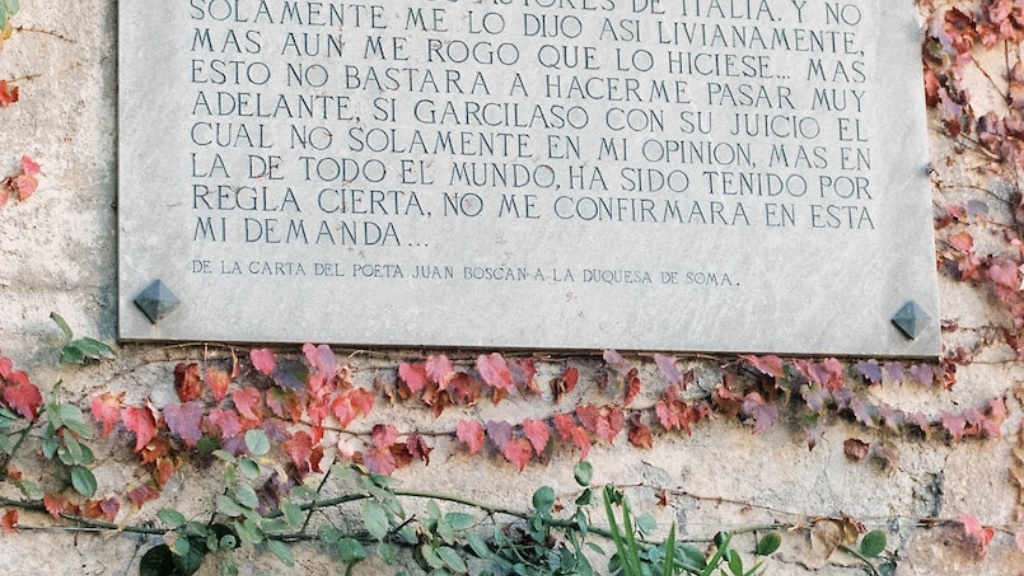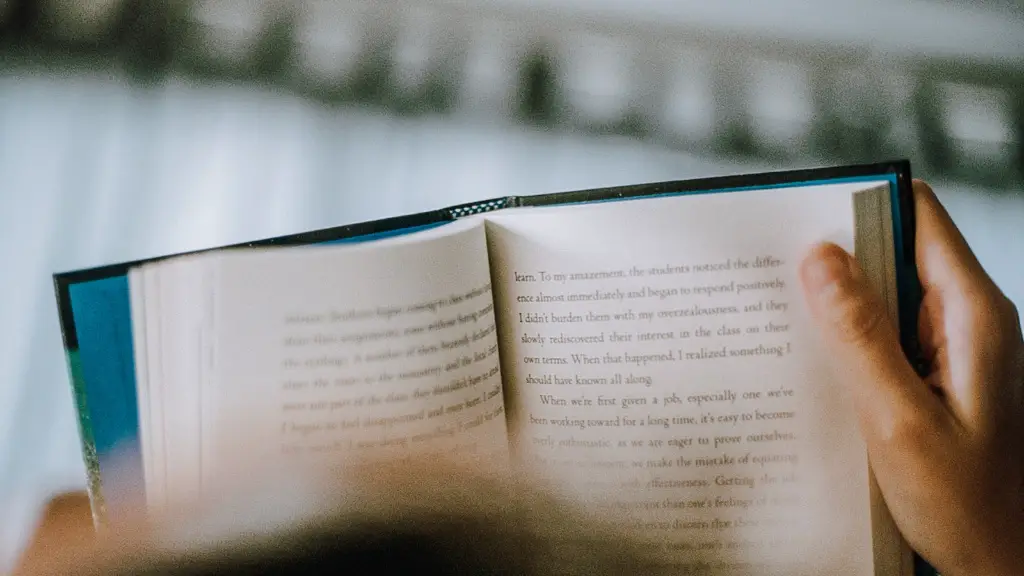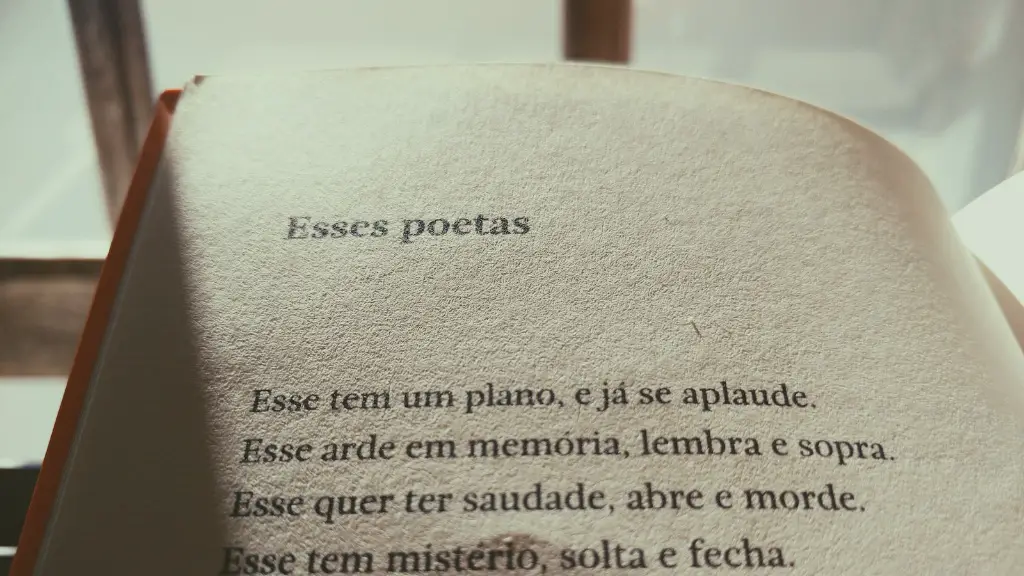Basic Meter in Poetry
Meter is a particular type of regular repetitive pattern found in poetry. It is a way of measuring the number of syllables in each part of verse, such as a line of poetry. Meter gives different levels of emphasis to syllables in words, creating a sense of rhythm and helping to establish a poem’s sound. There are many different types of meter, but all involve counting the number of syllables in a line of poetry and then grouping them into patterns. In order for a poem to have meter, the syllables must be pronounced in the same order and with the same length of time.
The two most commonly used poetic meters are iambic and trochaic. An iamb is created when one unstressed syllable is followed by one stressed syllable, while a trochee is the opposite – one stressed syllable followed by one unstressed syllable. For example, the phrase ‘lovely weather’ would be an iamb (lovely WEATHer), while the phrase ‘dark cloud’ would be a trochee (DARK cloud).
Using Line Length and Rhyme
In addition to counting syllables, a poet can also use line length and rhyme to create a particular meter. Line length is measured in feet, which refer to groups of syllables. In English, a foot usually contains two syllables, but it can also contain one, three, or four syllables. Rhyme is also used to create meter – when two lines rhyme, listeners often hear a pattern that helps give the poem structure.
Rhyme and line lengths are often used together to create meter. For example, a line of four syllables with a rhyme at the end (da DUM da DUM) is known as iambic tetrameter, while a line of eight syllables with a rhyme at the end (da DUM da DUM da DUM da DUM) is known as iambic octameter. In both cases, the poet is using line length and rhyme to create meter.
Using Meter to Highlight Ideas
Meter is also a way for poets to emphasize certain ideas or words in their poetry. By stressing certain syllables, the poet can give them more emphasis – this is often done to highlight key words or phrases in the poem. For example, if a poet is writing about a particular idea, they may use iambic pentameter to emphasize it. The use of meter can also be used to evoke certain emotions or moods in the reader.
A common example of this is iambic pentameter. This is a popular meter because it is often used for dramatic monologues, such as those found in William Shakespeare’s plays. Iambic pentameter is used to heighten the emotion and create an atmosphere of drama in the reader. By using different levels of stress in each syllable, the reader can be drawn into the poem and be moved by the words.
Experimenting with Meter
Meter is not a set rule to be strictly followed, but rather is a tool that poets can use to create specific effects in their writing. Poets often experiment with meter to create interesting and unique effects in their poetry. By playing around with line lengths, rhymes, and syllable stresses, poets can create meter that is engaging and distinct.
For example, poets may use irregular line lengths to create a sense of suspense and anticipation. They can also change the order of syllables in a line to create a jarring effect. Poets may also use a meter but then break it in certain places to create emphasis. By experimenting with meter, poets can give their poetry a distinct sound and emphasize certain ideas and emotions.
Exploring Flexible Meters
Some poets also choose to use what is known as “flexible meters.” This involves varying the number of syllables and stresses in each line of poetry, often creating a less structured sound. Flexible meters can be useful when a poet is trying to express something in a free-flowing, passionate way, as it allows more freedom of expression. For example, many of the love poems written by William Shakespeare employ flexible meters – this allows him to capture the emotion of love without following a fixed meter.
Exploring Free Form Poetry
Finally, it is important to remember that meter is not the only way to create poetry. Many poets take a more free form approach, in which there is no set meter or rhyme scheme. For these poets, meter is less important – instead, they focus on creating vivid imagery and powerful emotions with their words. Free form poetry often takes more liberties with language, allowing the poet to explore different ideas and perspectives.
Conclusion
Ultimately, meter is an important tool that poets can use to create compelling and exciting poetry. By counting syllables and emphasizing certain words and ideas, poets can create meter that is engaging and that helps to emphasize the themes of their writing. However, it is important to remember that meter is not the only way to create poetry – poets can also choose to explore free form poetry or flexible meters in order to explore different ideas and perspectives.


